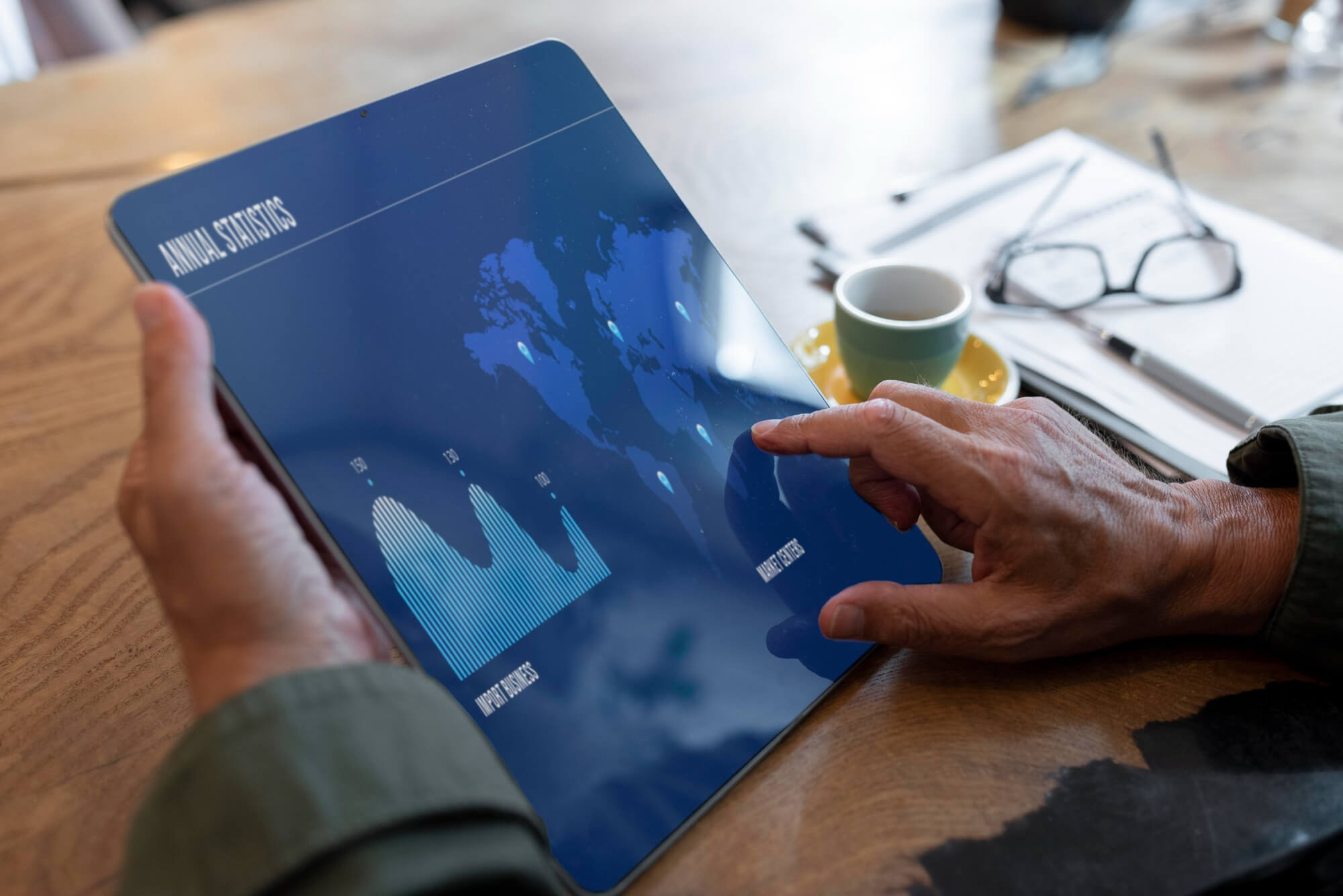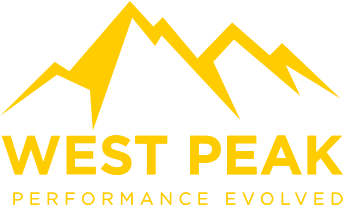2025 Trends in Leadership Development: What Businesses Need to Know
Leadership is evolving faster than ever. The business landscape of 2025 will be shaped by rapid technological advancements, changing workforce dynamics, and an increased demand for adaptable, emotionally intelligent leaders. To stay ahead, companies must rethink how they develop and train their leaders.
In this blog, we’ll explore the key trends shaping leadership development in 2025, why adaptability will be the defining trait of successful leaders, and how businesses can prepare for the future.
-
AI-Powered Leadership Development
AI-Powered Leadership Development
Why AI is Changing the Game
Artificial Intelligence (AI) is no longer a futuristic concept—it’s already reshaping leadership training. From personalized learning experiences to AI-driven coaching platforms, businesses are using AI to optimize leadership development.
How Businesses Can Adapt:
- Implement AI-driven coaching tools that offer real-time feedback and personalized learning paths.
- Use AI-powered analytics to track leadership performance and identify skill gaps.
- Leverage AI-driven simulations to create immersive, high-stakes leadership scenarios for training.
💡 Example: AI-powered platforms like Sherpa AI are helping leaders refine their skills with real-time data insights.

-
The Rise of Virtual and Hybrid Leadership Training
The Rise of Virtual and Hybrid Leadership Training
Why This Matters in 2025
With remote and hybrid work now the norm, leadership training must adapt to meet the needs of distributed teams. Traditional, in-person training sessions are becoming less practical, making way for virtual coaching, online workshops, and hybrid leadership programs.
How Businesses Can Adapt:
- Invest in interactive virtual training programs with real-time collaboration features.
- Blend digital and in-person training to create a flexible learning experience.
- Offer on-demand microlearning to accommodate different leadership schedules.
💡 Example: Companies like Deloitte have adopted fully digital leadership development programs to cater to global, remote teams.
-
Emotional Intelligence (EQ) Takes Center Stage
Emotional Intelligence (EQ) Takes Center Stage
Why Emotional Intelligence is Non-Negotiable
Leaders in 2025 need more than just technical skills—they must connect, empathize, and inspire. Emotional intelligence (EQ) is now a core competency, helping leaders navigate diverse workplaces, foster trust, and drive engagement.
How Businesses Can Adapt:
- Integrate EQ training into leadership development programs.
- Prioritize coaching and mentorship to enhance self-awareness and interpersonal skills.
- Use EQ assessment tools to measure and track emotional intelligence growth.
💡 Example: Google’s leadership programs emphasize EQ training to help managers build psychologically safe teams.
-
Personalized Leadership Development
Personalized Leadership Development
Why One-Size-Fits-All Training is Over
In 2025, companies will shift away from generic leadership training to customized, data-driven development plans. Employees expect tailored learning experiences that align with their career goals and leadership potential.
How Businesses Can Adapt:
- Use assessments and AI tools to tailor leadership training to individual needs.
- Create leadership roadmaps for different levels of management.
- Offer self-paced learning that allows leaders to engage with training at their convenience.
💡 Example: Amazon uses AI-driven personalized learning paths for leadership development, allowing employees to grow at their own pace.
-
The Shift Toward Human-Centered Leadership
The Shift Toward Human-Centered Leadership
Why People-First Leadership is Key
Command-and-control leadership models are being replaced with human-centered approaches that prioritize trust, well-being, and collaboration. Employees expect leaders who:
✅ Prioritize mental health and well-being
✅ Encourage inclusivity and belonging
✅ Emphasize collaboration over hierarchy
How Businesses Can Adapt:
- Embed leadership development programs with mental health and well-being training.
- Train leaders to foster inclusive environments where diverse perspectives thrive.
- Develop coaching-based leadership models that encourage support rather than authority.
💡 Example: Microsoft has restructured its leadership programs to focus on empathetic leadership and well-being as business priorities.

6. Leadership Development for Multigenerational Workforces
Why This Matters in 2025
For the first time in history, we have five generations working together—from Baby Boomers to Gen Z. Each generation has different leadership expectations, learning styles, and workplace values, making leadership training more complex than ever.
How Businesses Can Adapt:
- Develop multi-generational leadership programs that address the unique strengths of each group.
- Encourage reverse mentoring, where younger employees teach senior leaders about digital trends.
- Use flexible learning formats to accommodate diverse preferences (video, podcasts, live training, etc.).
💡 Example: Companies like PwC have implemented reverse mentoring programs to bridge the generational gap in leadership training.
- Leadership Development and ESG (Environmental, Social, and Governance) Values
Why Purpose-Driven Leadership is the Future
Employees, customers, and stakeholders now expect business leaders to champion sustainability, social impact, and ethical governance. Future leaders must integrate ESG values into decision-making and ensure business success aligns with social responsibility.
How Businesses Can Adapt:
- Train leaders to integrate ESG principles into business strategies.
- Develop leadership courses focused on ethical decision-making and sustainability.
- Incorporate corporate social responsibility (CSR) training into executive development programs.
💡 Example: Unilever’s leadership training includes sustainability education to align business growth with environmental and social impact.
Why Adaptability is the Most Important Leadership Skill in 2025

With all these changes, one leadership trait stands above the rest—adaptability. Leaders must:
✅ Embrace continuous learning to stay ahead of industry changes.
✅ Be open to innovation and new technologies.
✅ Foster agile mindsets that allow teams to pivot quickly when challenges arise.
💡 Leaders who can adapt, learn, and evolve will be the ones who thrive in 2025 and beyond.
Final Thoughts: How Businesses Can Stay Ahead
Leadership development in 2025 is about more than just teaching skills—it’s about creating agile, emotionally intelligent, and purpose-driven leaders who can thrive in an ever-changing landscape.
To future-proof leadership development strategies:
🔹 Adopt AI and technology-driven learning tools
🔹 Prioritize emotional intelligence and well-being training
🔹 Customize leadership programs for different learning styles and generations
🔹 Ensure leadership training aligns with ESG values and purpose-driven leadership
💡Want to stay ahead of the curve? Discover how West Peak’s leadership programs can prepare your leaders for the future of work.
Subscribe to our Podcast
Hosted by our very own Ben Stocken and Benjamin Wade our ‘How They Lead’ podcast aims to evolve the way people perform in leadership roles by showcasing a variety of high performance interviews with people from Patrick Kershaw from The RAF Red Arrows to CEO’s like Steve Phillips who help large brands like Pepsi, Mars and Unilever.
Get one step ahead – Click below to subscribe.










